Neanderthal child bones discovered in Poland were ‘eaten by a large bird 115,000 years ago’
TINY Neanderthal child bone fragments found in Poland have revealed an incredible story that goes as far back as 115,000 years ago.
TINY bone fragments found in a Polish cave have told quite the story.
The two under one centimetre hand bones are said to have belonged to a young Neanderthal child, before they were eaten by a large bird — 150,000 years ago.
Crazy right?
What’s even more interesting is that until these bones were discovered the oldest known-bones found in Poland prior to this were less than half as old, aged between 52-42,000 years.
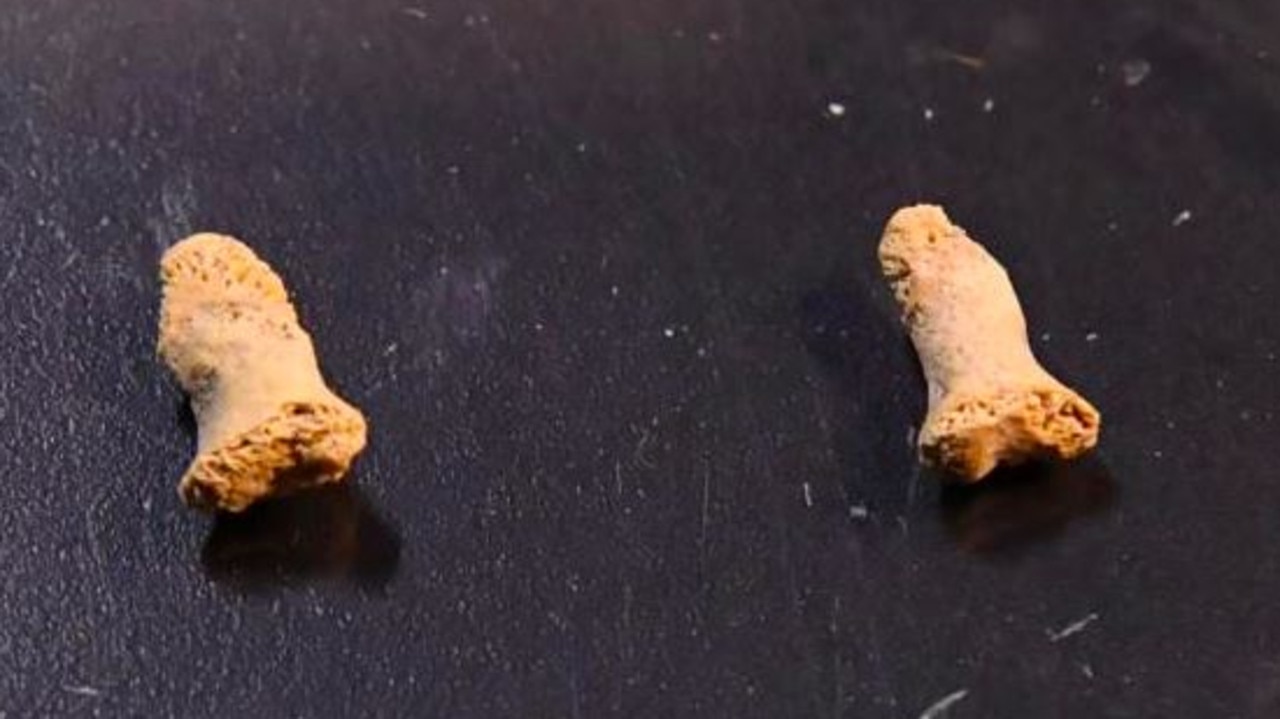
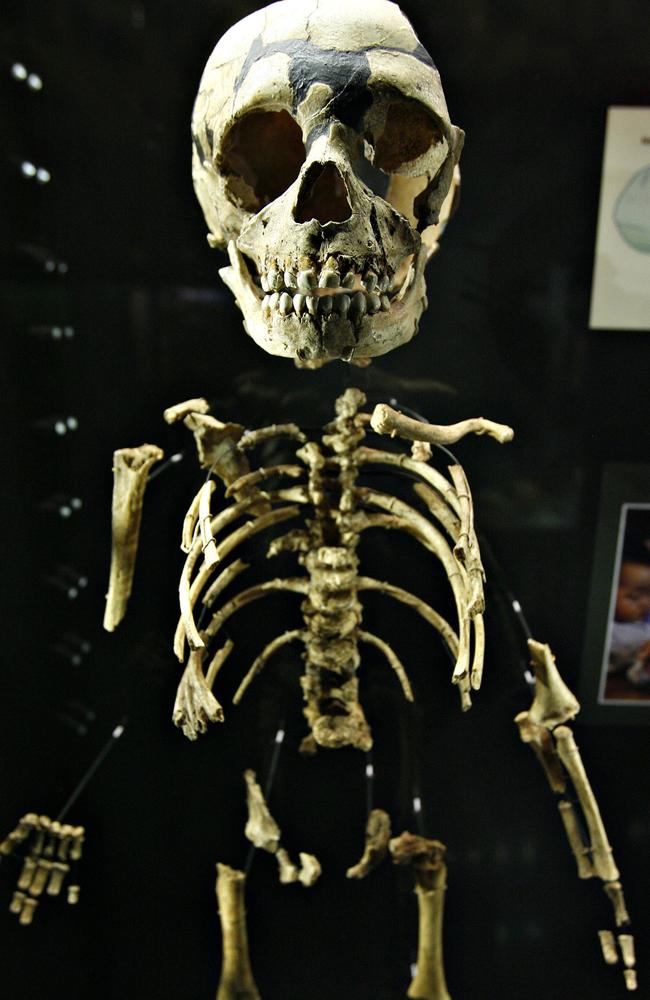
The astonishing find was discovered during excavations in Cave Ciemna in Ojcowski National Park, near Kraków, as part of a Polish science centre grant.
Researchers have identified the bones are phalanges from a Neanderthal child’s hand.
Professor Pawel Valde-Nowak of Kraków’s Institute of Archaeology told Science in Poland that the bones were the oldest human remains discovered in today’s Poland, dating back about 115,000 years.
Scientists noted the bones had been poorly preserved and had a porous surface, likening it to a strainer.
This means they will not be able to perform DNA analysis on them.
“Analyses show that this is the result of passing through the digestive system of a large bird. This is the first such known example from the Ice Age” Professor Valde-Nowak said.
“The scientist believes that the bird could attack and partially consume a young Neanderthal (probably around 5-7 years old). It could also feed on a deceased child. According to the researchers, neither option can be ruled out at this point.”
The identification has been confirmed by two anthropologists — Dr Anita Szczepanek from the Jagiellonian University in Kraków and Prof. Erik Trinkaus from Washington University in St. Louis, according to Science in Poland.
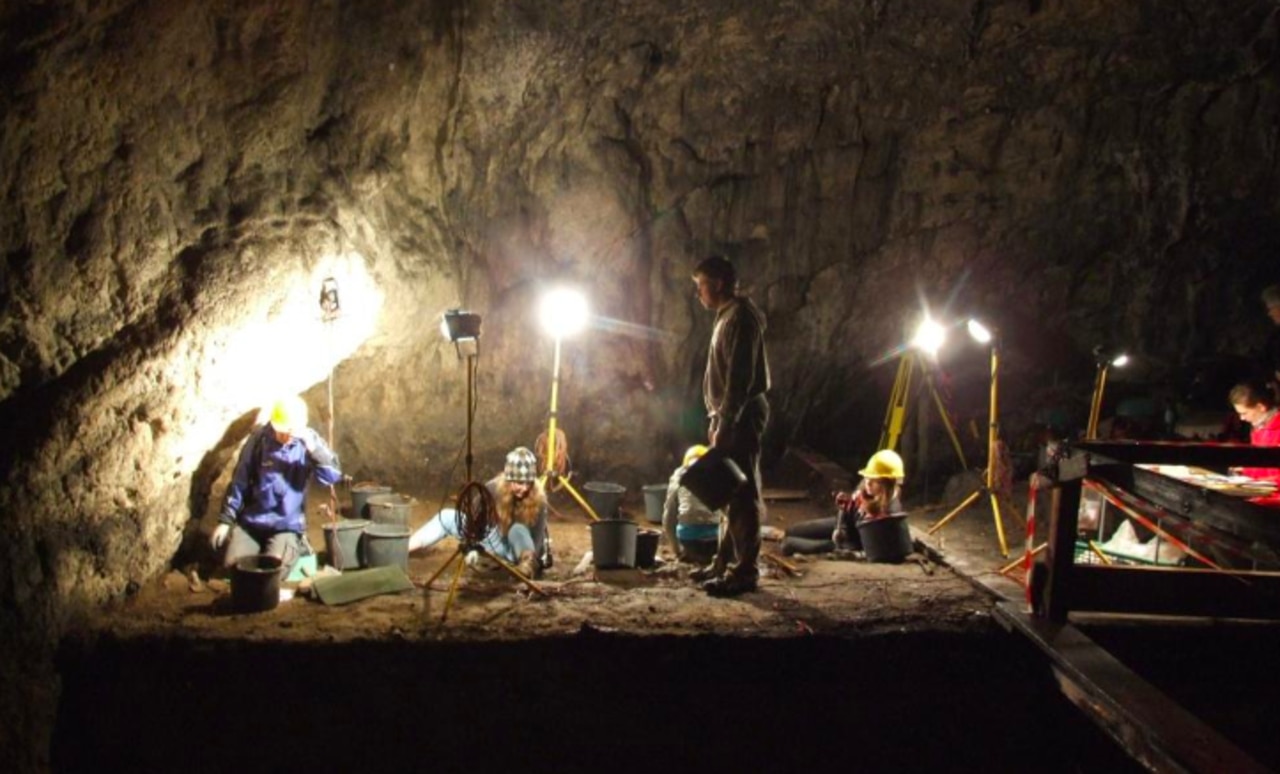
“But we have no doubts that these are Neanderthal remains, because they come from a very deep layer of the cave, a few metres below the present surface. This layer also contains typical stone tools used by the Neanderthal,” Professor Valde-Nowak said.
The bone fragments were reportedly discovered a few years ago and were initially mixed up with animal bones — Science in Poland reports cave research in the area has been going on for several decades.
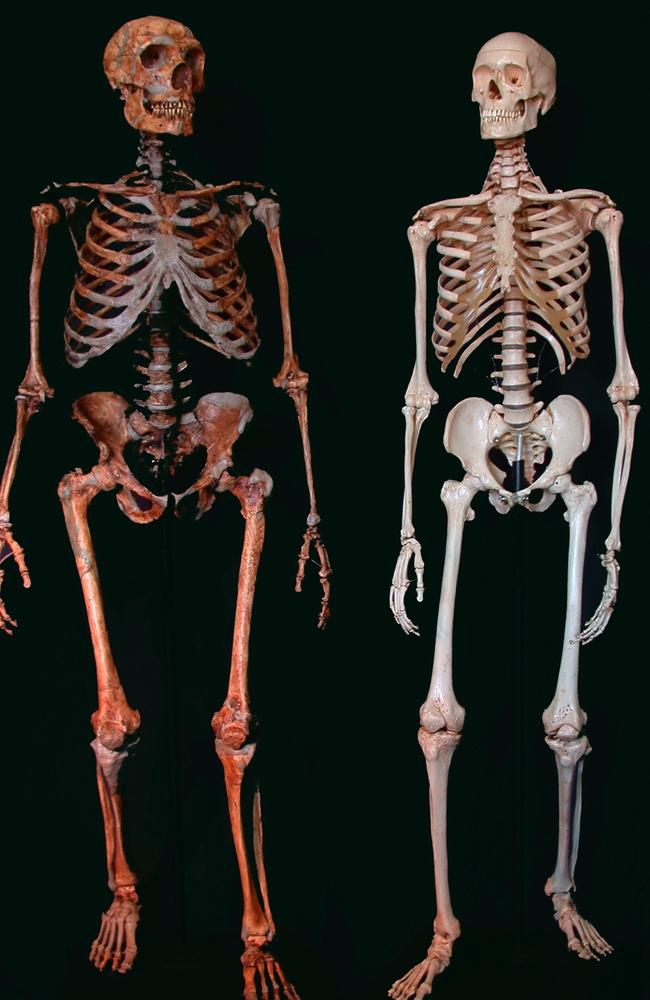
It wasn’t until this year that the research team realised the bones were human during further laboratory analysis.
Professor Valde-Nowak said the find was a “unique discovery”.
“We can count the Neanderthal remains found in Poland on the fingers of one hand!”
These include the two hand bones and three molars found in Cave Stajnia, which were before this find considered to be the oldest human remains found in the eastern European country. Another tooth was also found in Cave Ciemna.
Neanderthals are close relatives of modern man, who went extinct in Europe about 40,000 years ago.
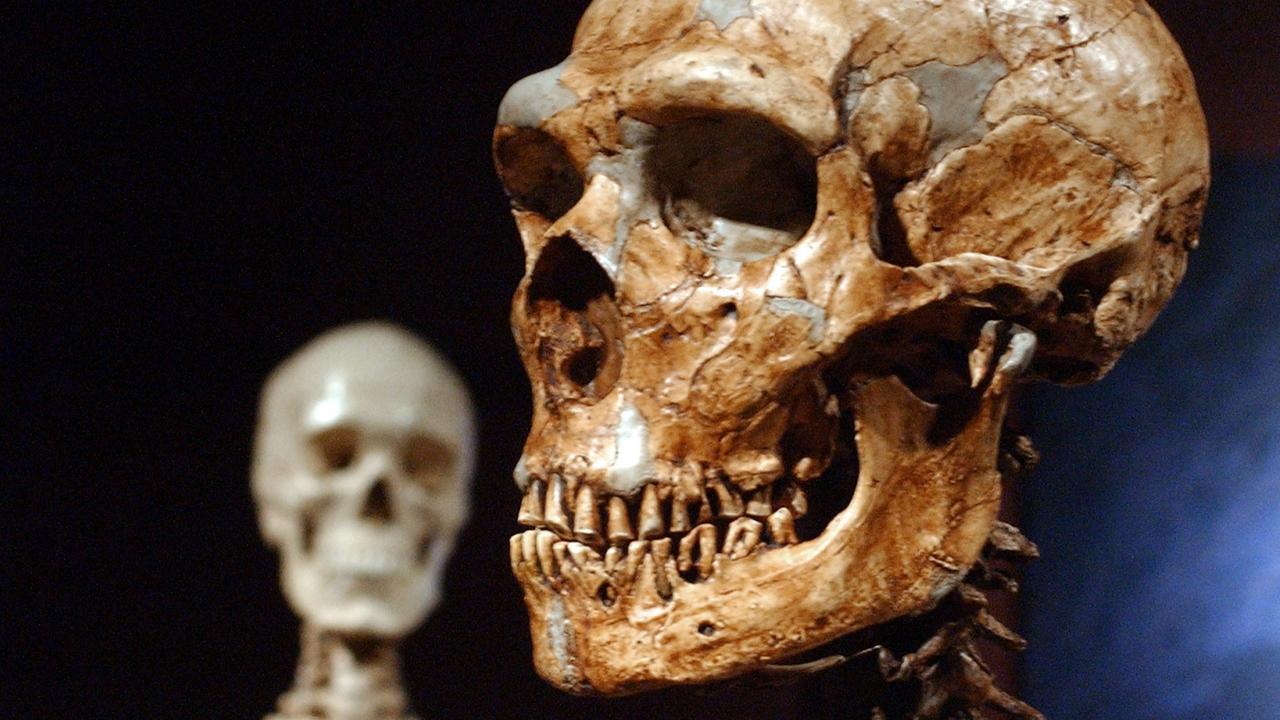
For a long time the species was presented in an unfavourable way, as being semi-animal and primitive. However recent research has indicated the species had more in common with humans, such as tools used and rock carvings made in caves.
According to ancient DNA studies some of the first bands of modern humans met and mated with neanderthals about 100,000 years ago.
Analysis of a toe bone of a Neanderthal woman found in Siberia, Russia showed she had likely inherited DNA from modern humans in Africa.
“This is the first genetic evidence that early modern humans met Neandertals and bred with them earlier than we thought,” Evolutionary biologist Sergi Castellano told Sciencemag.org in 2016.
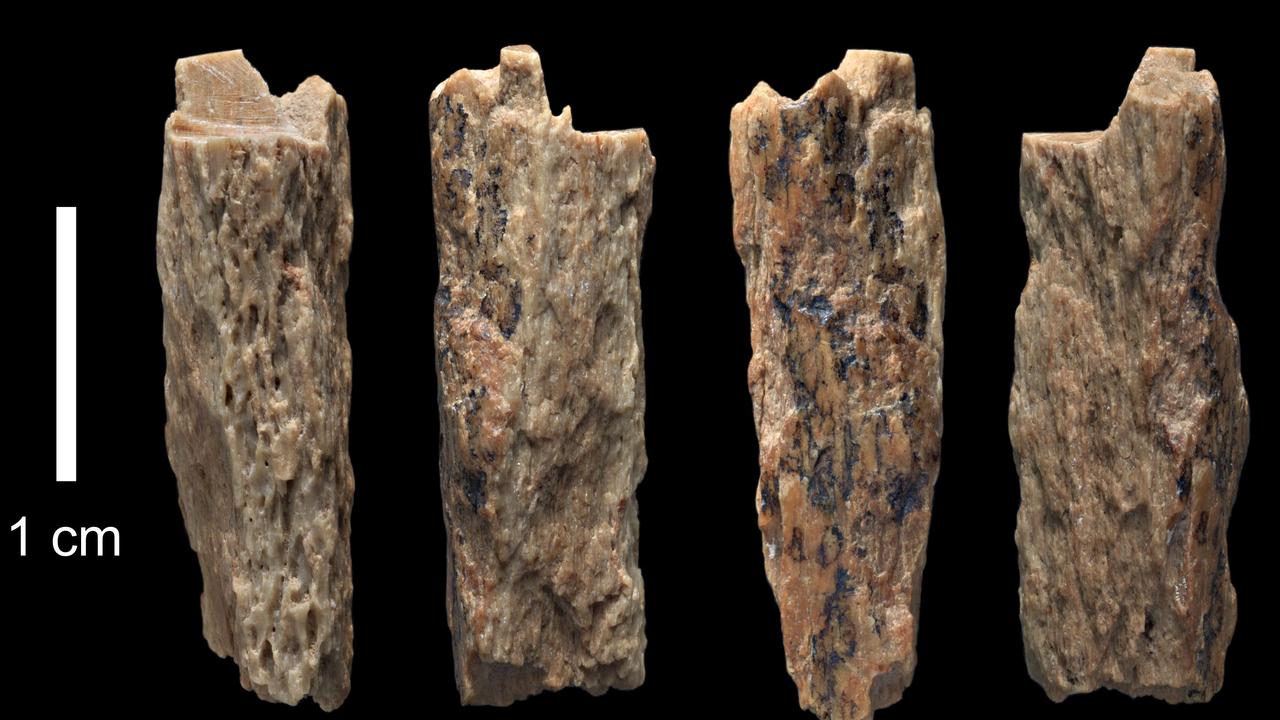
LiveScience reported in 2016 that these ancient trysts may be linked to the development of modern health problems such as depression, heart attacks, nicotine addiction and obesity.
Researchers found Neanderthal genetic variants in humans were significantly linked to increased risk of 12 health related traits.
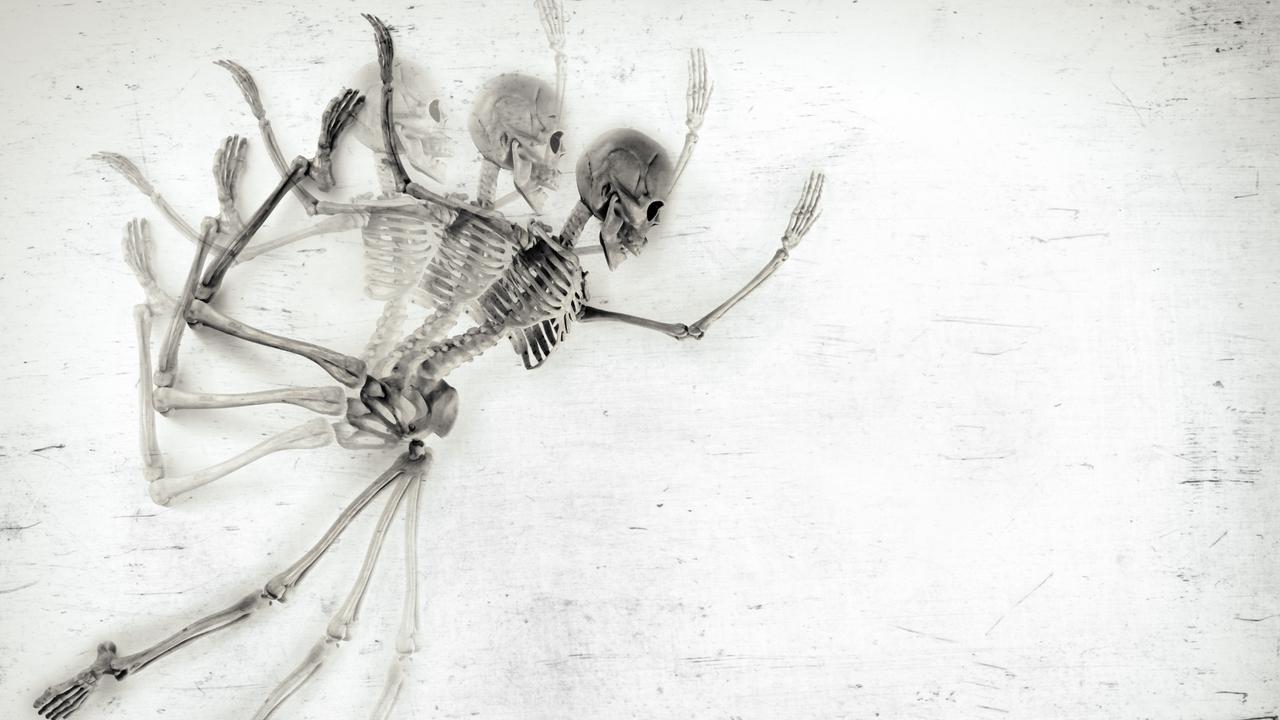
“There is still a discussion as to how long Neanderthals lived in Europe, including Poland. Unfortunately, we do not have strong arguments in this discussion, and we have no evidence that both species coexisted in Poland, which has been confirmed in Western Europe,” Professor Valde-Nowak said of the latest finding.
More information about the find will be published later this year in the Journal of Palaeolithic Archaeology.



